The Guerrilla Girls Storm a Dallas Gallery: Masked Women Crusaders Fought for Gender Equity Decades Before #MeToo — and Their Work’s Still Making Noise in Texas
BY Catherine D. Anspon // 09.07.18Guerrilla Girls at the Abrons Art Center, 2015. Works by the activist artists come to Dallas, opening this September at Cydonia Gallery. (Photo © Andrew Hinderaker)
Thirty-three years before #MeToo, the Guerrilla Girls donned ape masks, created deft protest posters and billboards more effective than Madison Avenue, and upended the art world. Now, works by the band of artists who first fought for gender equality are coming to Dallas’ most independent gallerist.
In a PaperCity exclusive, find out how and why Cydonia Gallery landed the Guerrilla Girls show.
Storming the White Cube
They were alternately threatening and armed with satire. The Guerrilla Girls — anonymous women in rubbery gorilla masks — raised issues that were unspoken and entrenched among elite power echelons of the art world. These feminist artists pulled back the curtain on the wealthy, white-male-ruled establishment, metaphorically storming the barricades of prestigious art institutions and career-determining galleries.
It was New York, 1985. That moment sustained a movement that storms on unabated, four decades later. While victories have been won, parity in issues that matter — exhibitions and representation in museums and galleries, as well as prices for artwork — still lag behind.
Now the fiercely non-commercial Cydonia Gallery in Oak Cliff’s historic Texas Theatre rolls out the Guerrilla Girls as its season opener. This rare gallery presentation for the women’s-only collective evolved when artists Jennifer Marman and Daniel Borins’ Vancouver commission was delayed, pushing their show to November and leaving a hole in the gallery’s September lineup.
This spring, Cydonia founder/director Hanh Ho reached out to contemporary art’s iconic activists, asking them to consider showing in Dallas. Her request was persuasive; the exhibition, entitled “Battle Cry,” was hatched.
The Cydonia show synergistically follows the acquisition of a complete Guerrilla Girls portfolio at the Dallas Museum of Art (on view through Sunday, September 9), which Ho did not know was on the DMA roster when her show was planned. For Ho, the exhibition is personal.
“The Guerrilla Girls don’t just break ground; they split the night sky in two,” she says. “They really are masked avengers — and people like myself put them in that status level. They’ve been promoting equality long before hashtags, social media, and, before our culture could begin to comprehend ideas of consent, what truly defines harassment.”
“The Guerrilla Girls don’t just break ground; they split the night sky in two,” she says.
While the collective’s work will make a physical appearance at the Cydonia exhibit, the Guerrilla Girls themselves will not. These female fighters for parity and populism have always operated anonymously — they’ve even made a late-night masked appearance on Stephen Colbert. They also recently entered the political fray and branched out to Hollywood.
Approximately 20 posters will be presented in the exhibition, spanning 33 years. “The posters are not typical art objects,” Ho says. “They are the tools of revolution.”
The gallery plans to install the posters as protest art should be: outside the white cube, lining the walls of the theater. A searing new poster will be unveiled, and there’s talk of a video screening for opening night.
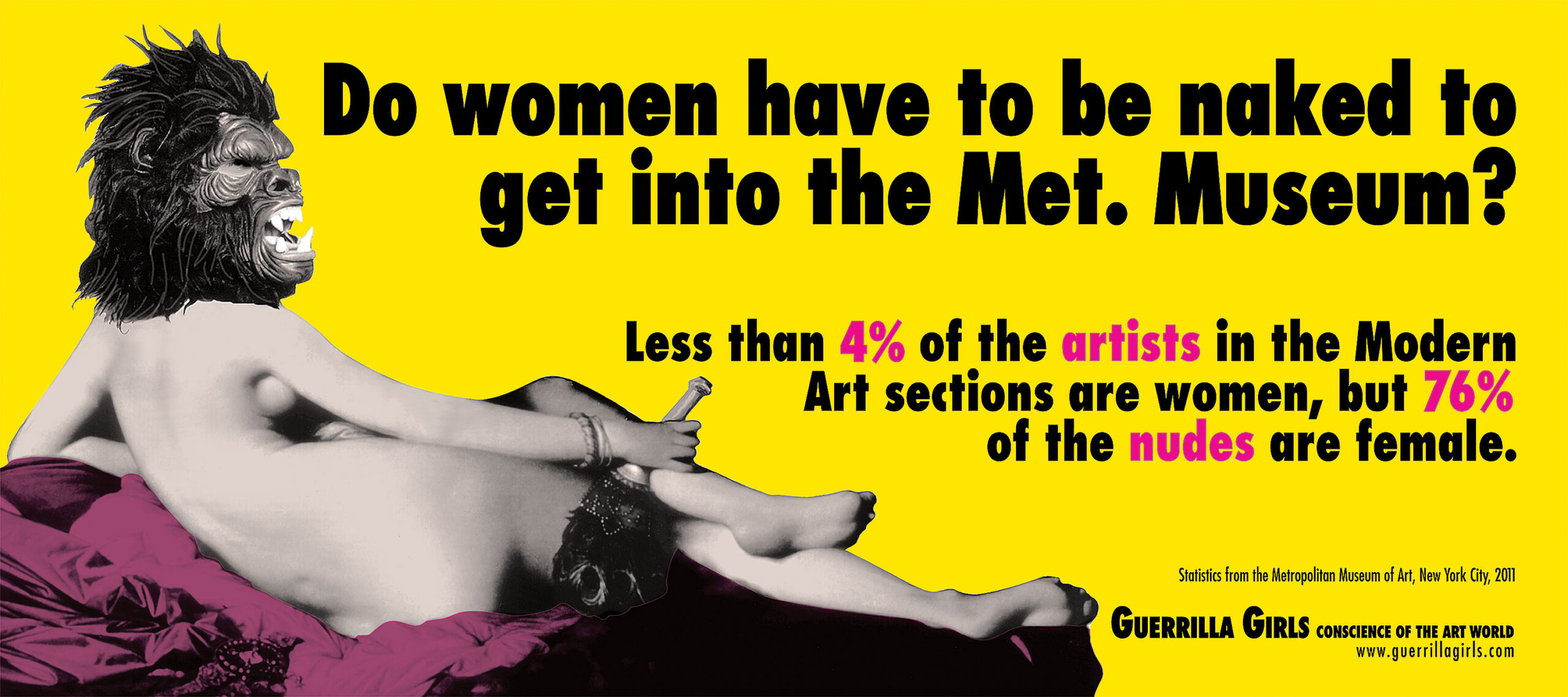
Fittingly for a group whose antics often skewer the brash billionaire hegemony of the art economy, the posters themselves will not be for sale.
“The Guerrilla Girls do not participate in the traditional art market,” Ho says… “The GG do not make unique works to be sold, and they are not represented by any dealers. Their practice is [usually] meant for institutions or kunsthalles.”
However, merchandise that funds the Guerrilla Girls’ practice will be for sale. Modestly priced from $15.50 to $27, the T-shirts, bags, pins, handkerchiefs and mugs speak of democratic affordability.
Ho envisions a grand photo op and has requested supporters to pre-buy and wear GG T-shirts on opening night.
“We plan on documenting the crowd and sending a photo to the Guerrila Girls as a gesture of solidarity and gratitude for their service the last 35 years,” Ho says. “I want to leave a strong impression of Texas with them.”
For Cydonia Gallery, this is the ultimate conceptual show. “The value of the Guerrilla Girls work is not found in the object, like a painting that can later go to auction at Christie’s,” Ho says. Even a simple GG button can resonate with meaning, the gallerist believes: “The aura of their work is in them, and it is in us … This exhibition is really just revolution dressed up in art costume.”
We reached the Guerrilla Girls via email — amid a flurry of international exhibitions including a solo traveling museum show — and queried them about this moment. The reply:
“It is a great time for protest and activism! We are extremely encouraged by Black Lives Matter, #MeToo, and the widespread outrage and action.”
They were clear in our conversation that their battle cry extends beyond the issue of women: “We believe in intersectional feminism — none of us are free until all of us are free. We champion anyone who is under-represented in their culture.”
Inclusion has always been part of their makeup. The activists said, “One of the drawbacks of our anonymity has always been that it hides the diversity of the group. We’ve had 55 members over the years and have always been diverse in age, sexual orientation, class, and ethnicity.”
Since stats are still down for major museum shows for women artists or representation in collections, their mission wages on: “The art world has become the plaything of the one percent — we’re regressing to the days of royal patronage, where a few of the richest collectors get to tell the rest of us what our art history is by spending lots of money on it!”
Nonetheless, hope is present: “Now, with the Internet, it’s much easier to get our messages out. It might seem bleak, but the old establishment is finally being challenged, and with the hit of a send button, we can communicate with people all over the world. Change is possible — that’s why the fight has gotten dirtier.”
You collectively rose up in 1985 — and the Guerrilla Girls was born. What are the challenges of keeping a movement alive for more than 30 years? How many of the original members still active?
Co-founders Frida Kahlo and Kathe Kollwitz have been involved with everything the GGs have done and are still fighting at the forefront. Activist burnout is a real thing — our community keeps us going. But you have to put in time and effort to build a community — you need to be a good ally, you need show up and support others, you need to welcome new voices and opinions, and be a good listener.
Our language, message, and tactics respond to the changing times and is never dogmatic.
You have branched out to encompass fields such as politics and Hollywood. Are there other industries that you would like to address?
Oh, there’s so much to complain about, but thankfully we don’t have to do it all — there are change-makers in every field making trouble for their respective establishments. We take on many issues, but we always come back to the art world, because we are artists. But who knows what the future holds. We don’t plan our outrage.
Any countries on your wish list to exhibit? More shows in Russia, for example? What was your experience like in China?
We had a blast in Hong Kong and would love to collaborate and support our international allies more. But there’s still so much work to do at home. We want to exhibit in every state in America!
What parallels do you see between today and the 1980s? At that time, were you and Act-Up the main voices of dissent? Are you encouraged by the #MeToo movement and so many taking to the streets, especially all the pussy hats? Is today a better time for widespread protest and activism than when you started in the 1980s?
It is a great time for protest and activism! We are extremely encouraged by Black Lives Matter, #MeToo, and the widespread outrage and action. The 1980s and ’90s were super active with us, Act-Up, Grand Fury, WAC (Women’s Action Coalition), and, even earlier, the Art Workers’ Coalition.
Now, with the Internet, it’s much easier to get our messages out. It might seem bleak, but the old establishment is finally being challenged, and with the hit of a send button, we can communicate with people all over the world.
Change is possible — that’s why the fight has gotten dirtier.
What specific changes have the Guerrilla Girls prompted in the art world that are the most positive? Where has the most progress been made in the art world?
In 1985, everyone assumed that the art world was a pure meritocracy — that if your work was good enough, you would get exhibitions at the best museums and galleries. We challenged this notion. Everyone now understands that white men are privileged and there are systematic obstacles for everyone else! The conversation about diversity in the art world has definitely changed, and that’s progress! But …
The women given major museum shows and breaking the bank in art-auction records still lags way, way behind. How many years will it take to really change that? Do you foresee a day when women will ever rule — or at least achieve parity — in the art world?
Exactly! The exhibition numbers still haven’t caught up, and the majority of professional opportunities are still going to the same privileged demographic. It would be great if we had a formula to predict how many more years we have to fight, but change isn’t linear, nor is it quick or guaranteed.
We have to stay vigilant and be patient — it takes a long time to turn a big ship around, and the art world is a big ship. And there are so many more important ways to value art than by looking at auction and sales records. We need to have a vigorous, critical dialogue about what art really means, apart from how much it is worth in the capitalist marketplace.
Which women within the art world today exemplify Guerrilla Girls feminism? Can you cite specific artists, gallerists, and museums that are role models? How do the museums in Texas rank in the Guerrilla Girls polls?
We don’t make top 10 lists or rank artists or institutions. The lack of diversity in cultural institutions is a global phenomenon, and there are so many amazing feminists out there fighting the good fight. To pick just a few would be a disservice to all the others. Plus, we prefer complaining to handing out gold stars.
You also tackle the economics and billionaire-driven marketplace culture that permeates museums. And call for the democratization of the art world via more affordable art. What would your ideal museum of the future look like?
The staff, collection, and exhibition of our ideal museum would look like the community it represents, and it would not be run by billionaire art-collector trustees.
So much of art commerce takes place at art fairs. Do you see fairs changing to accommodate more affordable options and democratically priced options? At the Texas Contemporary Fair in Houston, for example, Rice Gallery offered a variety of multiples between $5 and $100, and the response was overwhelming.
The art world has become the plaything of the one percent — we’re regressing to the days of royal patronage, where a few of the richest collectors get to tell the rest of us what our art history is by spending lots of money on it! Unless the art world figures out a way to become more affordable, transparent, and democratic, it will become irrelevant.
Talk about diversity within the Guerrilla Girls: You were never merely white women artists.
One of the drawbacks of our anonymity has always been that it hides the diversity of the group. We’ve had 55 members over the years and have always been diverse in age, sexual orientation, class, and ethnicity.
When you don the mask of the Guerrilla Girls, do you each feel a power shift in your own persona? Do you think anonymity works because women throughout history have been anonymous — and now you are subverting that concept to provoke resistance and change?
None of us are wallflowers in our non-GG lives, so wearing the mask doesn’t give us a new personality — it gives us a platform. We are part of a long tradition of anonymous do-gooders. Anonymity works because it keeps the attention on the issues and not our personal lives or careers.
Which other under-represented groups does your activism address besides women, both in the past and today?
We believe in intersectional feminism — none of us are free until all of us are free. We champion anyone who is under-represented in their culture.
Why did you say yes to the show at Cydonia Gallery?
We are not interested in vilifying any one portion of the art world; there are plenty of art dealers who support our message of diversity. When they want to spread our message within their communities, we are happy to collaborate with them.
What projects are you most excited about for 2019? Are any special acts planned for Mid-Term Election Day 2018?
Our future projects are secret. Stay tuned!
“Guerrilla Girls: Battle Cry” at Cydonia Gallery, opening Friday, September 7, 6 to 9 pm; exhibition through October 28. Info here.



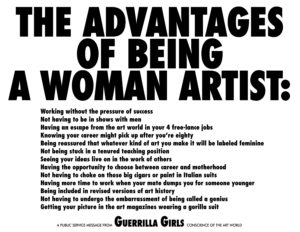


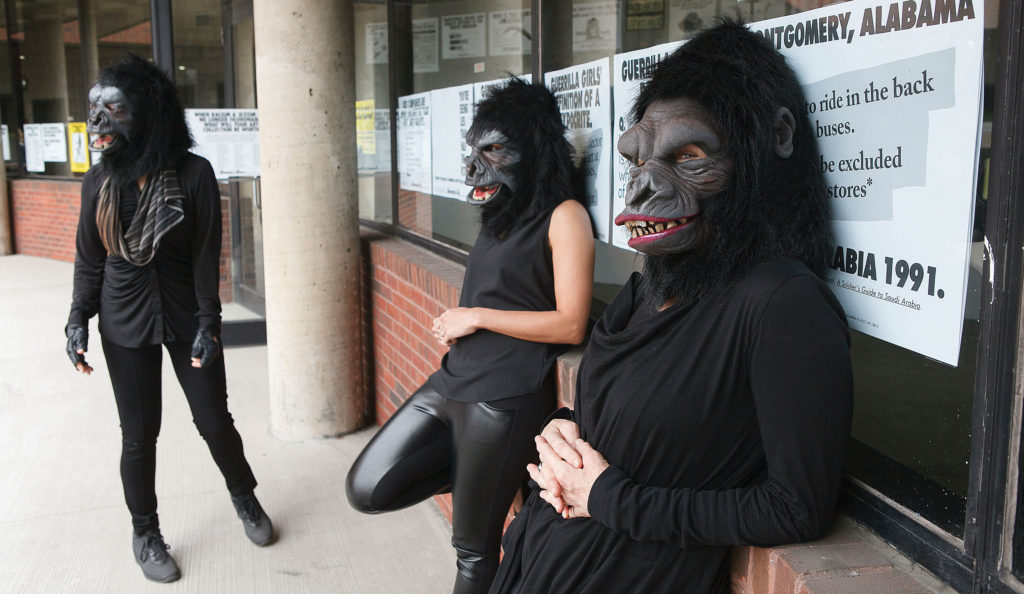




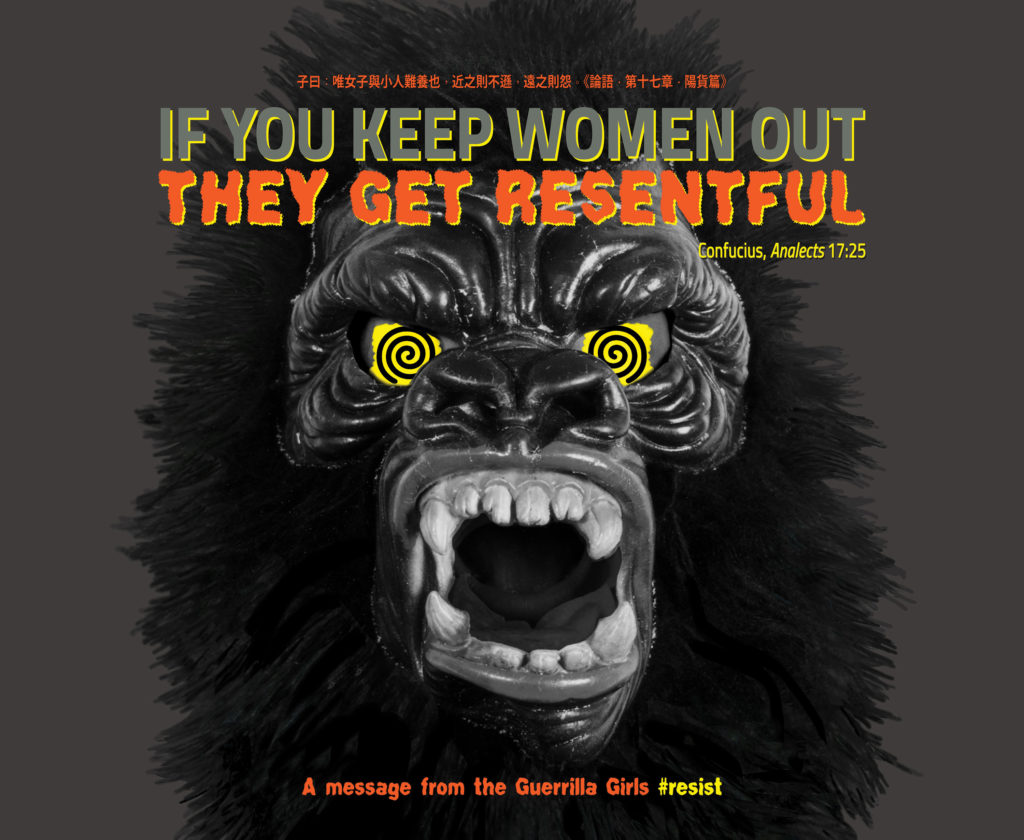

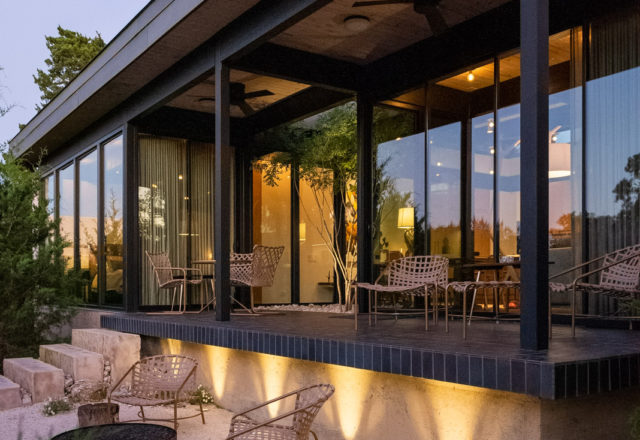



_md.jpeg)



















